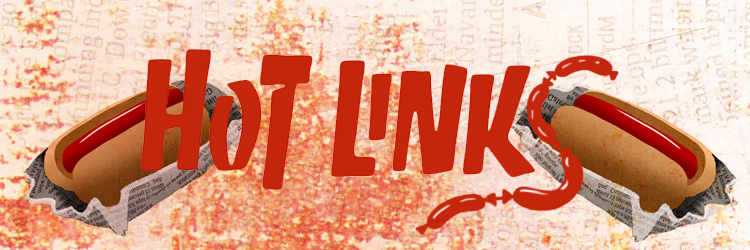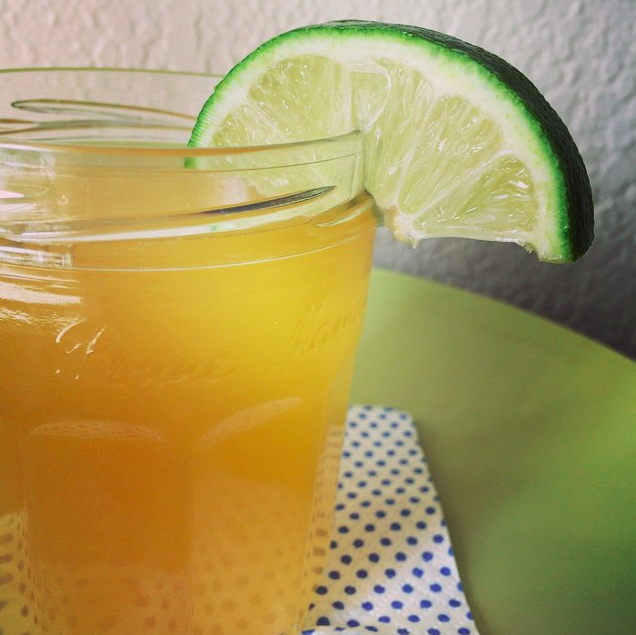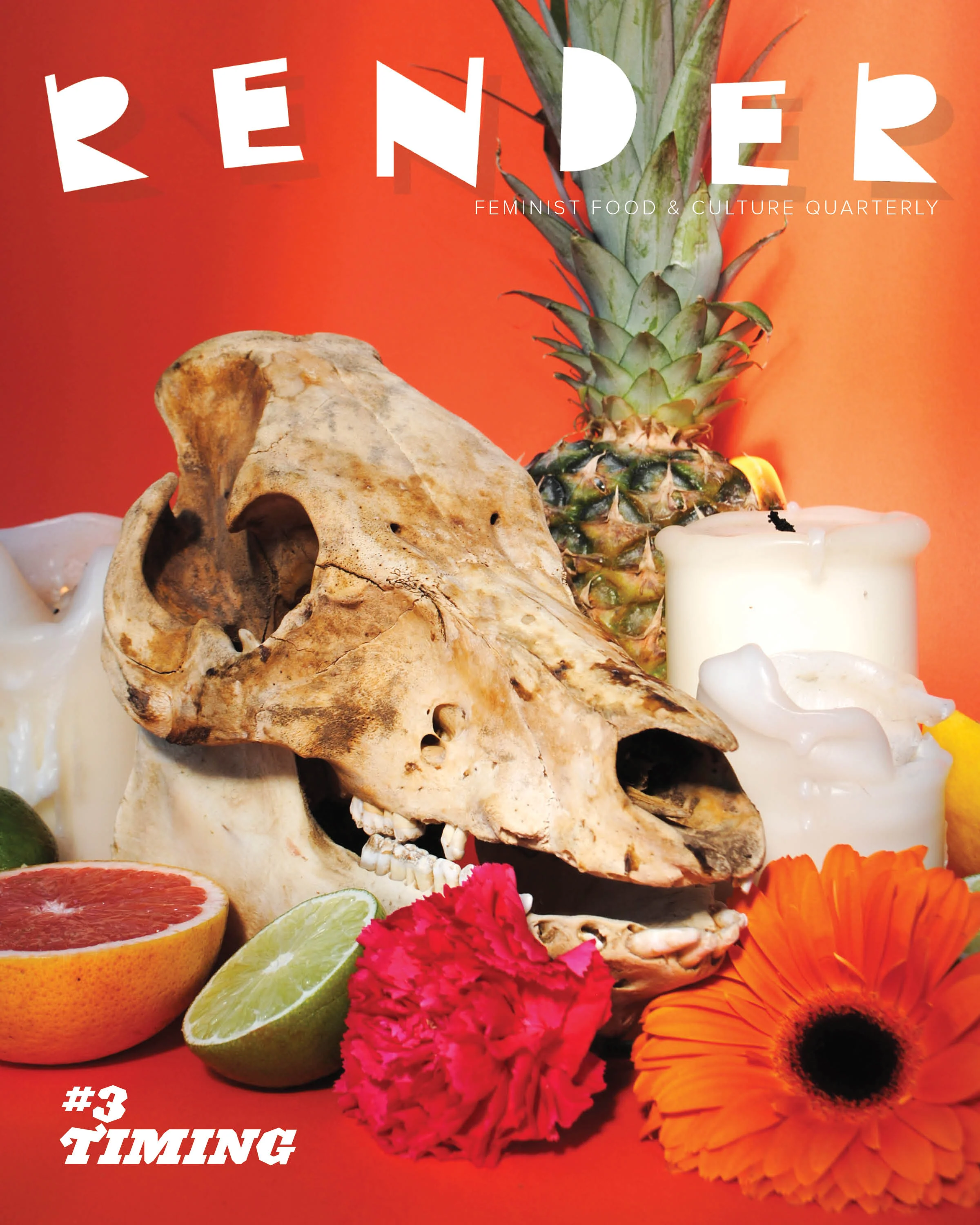Photo: Caroline Ferguson
In each monthly installment of Bender, Caroline Ferguson will explore the social, cultural, and historical context of a single cocktail or boozy beverage. From settling which country lays claim to Pisco, to exploring the Carthusian Monks’ Chartreuse caves, Caroline will try to track down all the places your drink has been before it gets in your glass—always ending with a recipe of her own creation. Pull up a chair and a glass.
People have been making milk-based cocktails for a long time, often as a curative (because if anything can make you forget your ailments for a while, it’s bourbon and heavy cream poured at a 1:1 ratio). The milk punch umbrella is a pretty large one, but eggnog specifically may have evolved from posset, a medieval-era combination of hot curdled milk and wine. Alternately, it could come from East Anglia, where a mix of egg, wine, and ale was popular among aristocrats.
The word “eggnog” is most likely a portmanteau, though linguists argue over which words it comes from. There’s "grog," a catchall term for drinks often made with hot water and rum, and "noggin," a Middle English term for a small wooden mug often used in taverns back in the day. In fact, “eggnog” might be a shortened version of “egg-and-grog-in-a-noggin” (just try to say that five times fast after a few glasses of the hard stuff).
Whatever its origins, we do know that eggnog really took off in the New World. It made its way across the pond in the 1700s and became extremely popular in the colonies, which were home to a successful dairy industry at the time.
Americans usually spiked their nog with Caribbean rum, which was exempt from the heavy taxes placed on European brandy and wine. But there has never been one version of eggnog more authentic than the others—bourbon nog gained popularity once the newly-formed United States had its rum supply yoinked after the revolution, and Washington himself was said to make a particularly pungent version containing rum, sherry, brandy, and whiskey.
By the 1800s, eggnog was associated with the holidays, and holiday parties in particular. The most notable evidence of this is the infamous 1826 “Egg Nog Riot” at West Point Military Academy. A group of students smuggled four gallons of whiskey into the notoriously strict academy on Christmas Eve, resulting in days of chaos followed by the court-martialing of twenty inebriated cadets.
Nowadays, many nog fans have taken to aging the concoction, which results in a more developed flavor and, interestingly, a safer drink once the alcohol kills off any lingering microbes.
With only a week left until Christmas, enthusiasts will have to settle for run-of-the-mill nog for now—but this nutty, boozy, frothy version shouldn’t cause any complaints.
Hazelnut-Vanilla Eggnog
After all that rhapsodizing, I have a confession to make: I’m not actually a huge eggnog fan. The cloying, syrupy versions available on store shelves too often leave me cold. So I set out to create a version that would satisfy eggnog fans and foes alike. I started with Alton Brown’s peerless eggnog recipe, spiked it with bourbon and brandy (scientifically proven to be one of the yummiest combinations for eggnog), fancied it up with hazelnut liqueur and a whole, split vanilla bean, and topped it with toasted hazelnuts. I opted to cook my eggnog to kill off any potential salmonella, but if you’re bolder than I, it’s easy to adapt this to be a raw recipe.
Makes 6 cups
Ingredients:
¼ cup hazelnuts, roughly chopped
2 oz bourbon
1.5 oz brandy or cognac
1.5 oz Frangelico
4 egg yolks
⅓ cup plus 1 tablespoon sugar
Scrapings from 1 split vanilla bean
2 cups whole milk
1 cup heavy cream
1 teaspoon nutmeg
4 egg whites
Instructions:
Toast hazelnuts in a sauté pan over medium heat until golden brown and fragrant, tossing often to keep them from burning. Set aside. Combine bourbon, brandy, and Frangelico in a large bowl and set aside.
In the bowl of a stand mixer fitted with a whisk attachment, or with a hand mixer, beat the egg yolks until they lighten in color. Add sugar and vanilla bean seeds and beat until sugar is dissolved and mixture is light and thick. Set aside.
In a medium saucepan, combine milk, cream, and nutmeg and bring just to a boil over high heat, stirring often. Remove from heat. Using a glass liquid measuring cup, very slowly pour a cup of the milk mixture into the eggs with the mixer running. Once eggs have been tempered, slowly add the rest of the milk mixture as the mixer continues to run. Return everything to the saucepan and cook until the mixture reaches 160 degrees F. This should only take a few minutes. Remove from heat and pour into the bowl containing the bourbon, brandy, and Frangelico. Set in the refrigerator until cool.
Once mixture has cooled, beat the egg whites to soft peaks. Slowly add 1 tablespoon of sugar, continuing to beat until stiff peaks form. With the mixer running, slowly add the milk mixture to the egg whites, beating until eggnog is homogenous. The eggnog will be frothiest right away, but will keep for a while in the refrigerator. To serve, stir the nog well, then ladle into a mug or teacup. Top with a teaspoon of the chopped toasted hazelnuts.




































